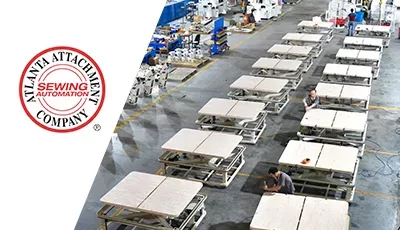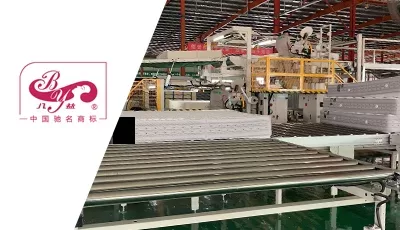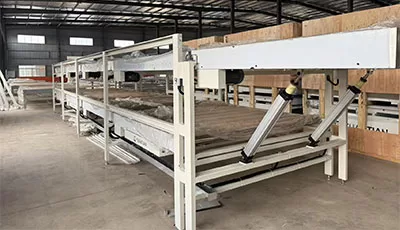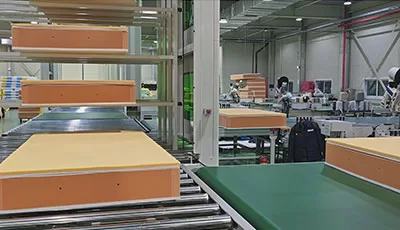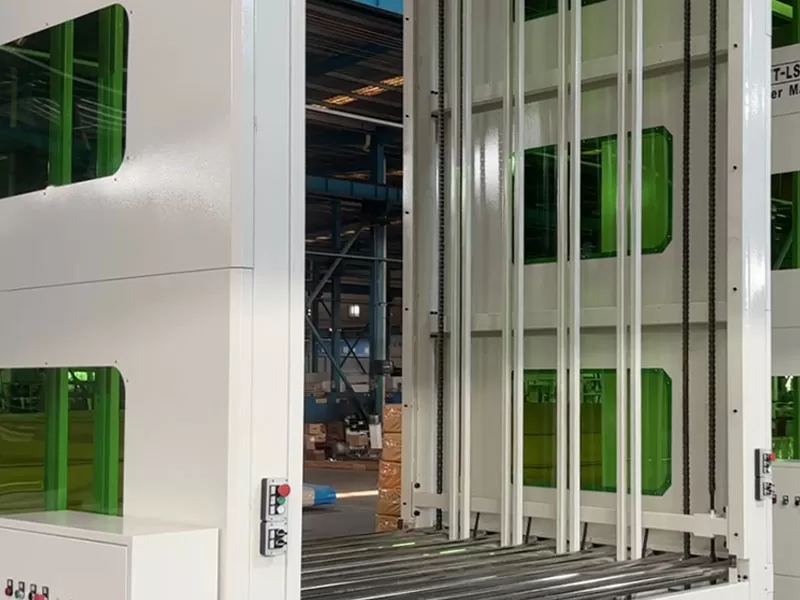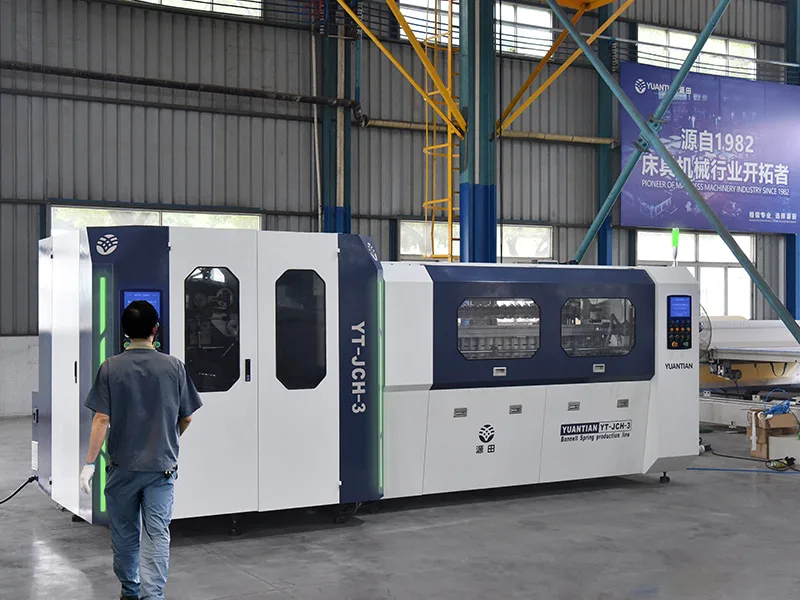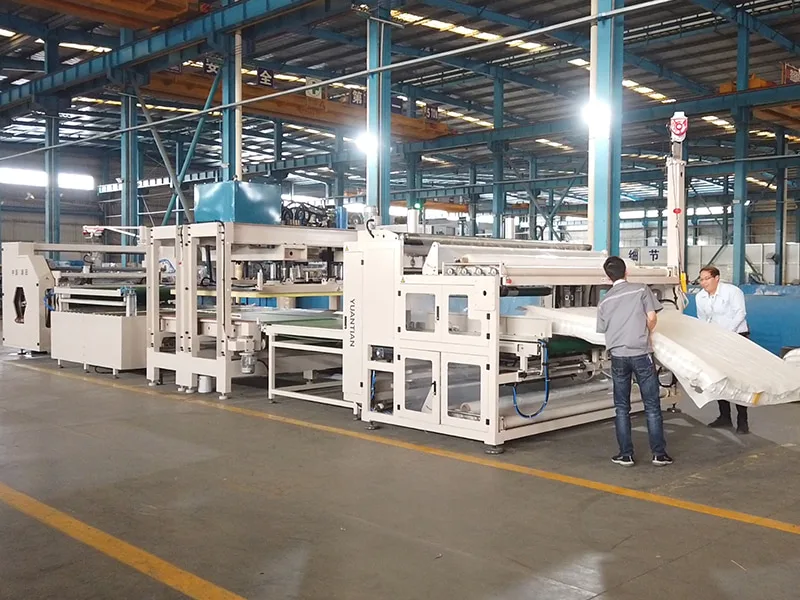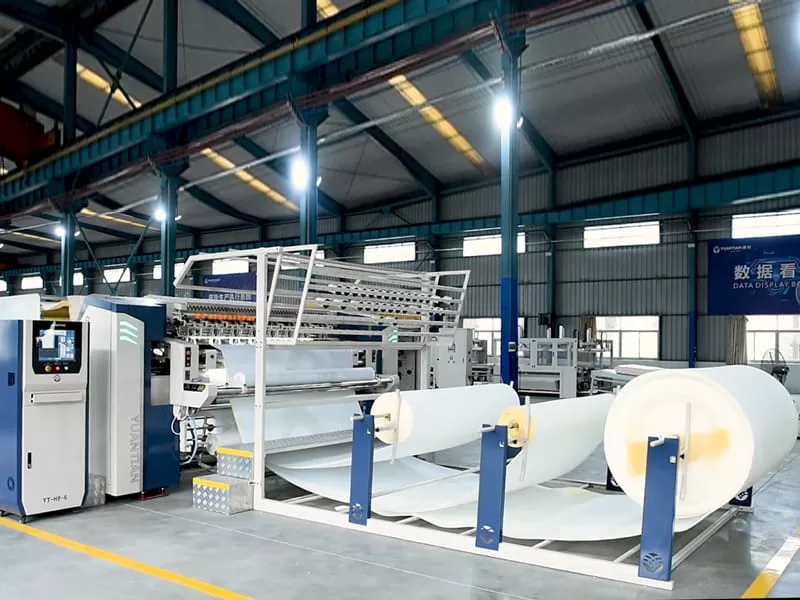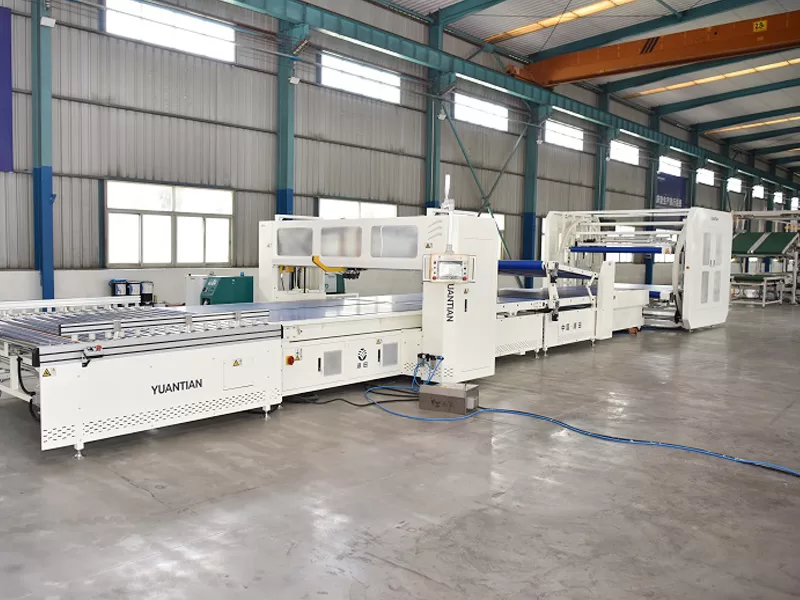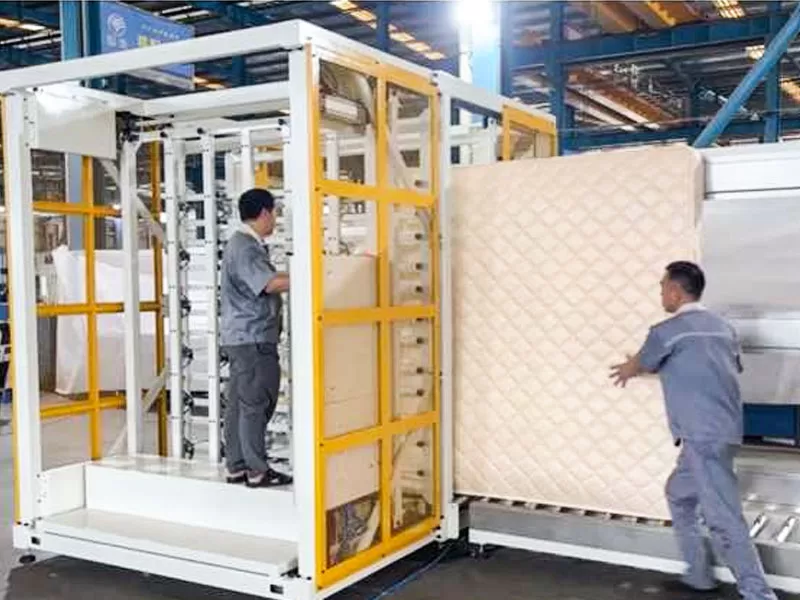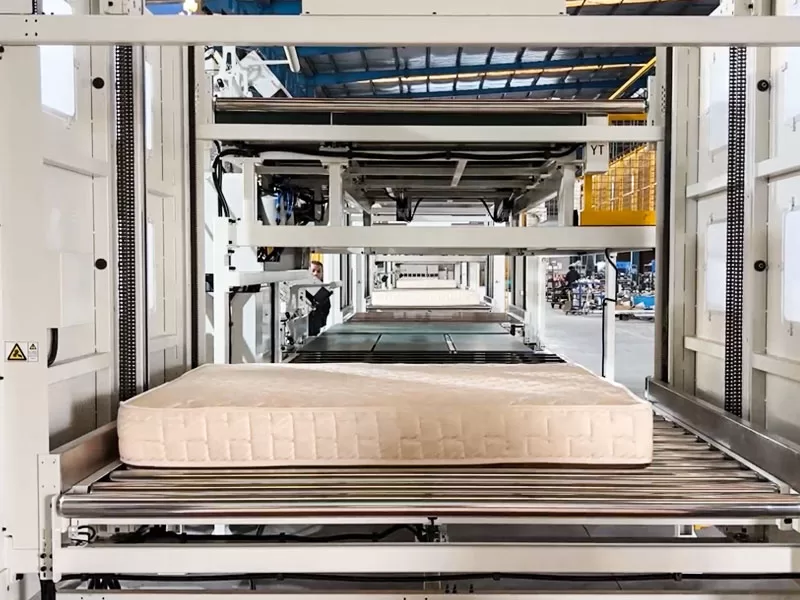- Home » Common Issues with Mattress Quilting Machines and How to Fix Them
Mattress quilting machines are an intrinsic part of manufacturing high-quality mattresses, which allow precise stitching of sophisticated patterns and guarantee the durability of the mattress. However, these machines, as with any other type of machinery, can have problems that interfere with production and hence the quality of the final product.
Knowing the common problems and how to correct them is essential in keeping production line efficiency. In this article, some of the most common issues encountered with mattress quilting machines and the practical solutions to overcome the problems will be discussed.
Thread Breakage
Causes of Thread Breakage
Thread breakage is the most common problem in mattress quilting machines. This slows down production and affects the stitching, which will eventually affect the quality of the mattress. Thread breakage may be caused by:
Incorrect Thread Tension: This occurs when the tension is too tight and breaks off while quilting, or when it is too loose and doesn’t form proper stitches, causing tangles and breaks.
Worn-Out Needles: Needles that are bent, dull, or have burrs can cause thread to break. The worn-out needles cannot pierce the fabric cleanly, as a result, there will be friction of the thread against the needle, and finally, breakage.
Poor-Quality Thread: Low quality thread, that is too weak for the thickness of the fabric quilter, breaks easily under the pressure or stress of the quilting process.
Solutions for Thread Breakage
Some of the following steps can be taken to fix thread breakage:
Adjust Thread Tension: Check thread tension periodically and adjust it properly according to the material are sewing. It will help to maintain the recommended proper tension by the manufacturer of your machine. You can perform test runs on scrap fabric to ensure the tension is correct.
Replace Needles Regularly: Inspect needles before every quilting session. Bent, dull, or even damaged needles can cause thread breakage and hence need replacement.
Use High-Quality Thread: The manufacturer should buy threads of good quality, strong, and of the same strength or similar material as the type of fabric used in the mattress. It is usually advised to use polyester or cotton-polyester blend thread for mattress quilting.

Skipped Stitches
Causes of Skipped Stitches
Another common problem that may be highly detrimental to the integrity of the quilted mattress is skipped or missed stitches. This happens when the needle does not pick up the bobbin thread, hence leaving incomplete stitches. Some of the primary causes are:
Improper Needle Size: Using a needle that is either too large or too small for the thread and fabric can lead to skipped stitches.
Timing Issues: Needles and bobbin hooks must work in perfect synchronization. If the time is not correct, then the needle shall miss the bobbin thread and create a skipped stitch.
Incorrect Needle Position: The needle may not go down properly to come in contact with the bobbin thread if it is inserted incorrectly, causing stitches to skip.
Solutions for Skipped Stitches
To fix skipped stitches, the following steps can be taken:
Choose the Correct Needle Size: The sewing machine needle must be of the proper size for the thread and fabric is using. Suggest the machine manual for guidance on the appropriate size of the needle for various materials.
Check and Adjust Machine Timing: The poor timing of the machine may result in these skipped stitches. This is why should check and adjust the timing. It is a critical operation, usually left to professionals or for guidance on detailed procedures from the machine’s manual.
Correct Needle Insertion: Make sure that the needle is inserted fully in the needle holder and turned to the correct side, which should be the flat side, in the direction shown by the manufacturer in the machine’s manual.
Fabric Jamming
Causes of Fabric Jamming
Fabric jamming can abolish the process of quilting and can result in damage to both the fabric and the machine. Generally, this problem occurs because of:
Incorrect Presser Foot Pressure: If the presser foot pressure is too low, then there is likely to be too little feeding of the fabric through the machine. Conversely, too much pressure can also cause the fabric to bunch up and jam.
Improper Fabric Alignment: The misaligned fabric makes the material bunch or fold under the needle, resulting in jamming.
Debris in the Machine: This may be due to accumulated lint, dust, or pieces of fabric that prevent movement, hence leading to jams.
Solutions for Fabric Jamming
To resolve fabric jamming, try the following solutions:
Adjust Presser Foot Pressure: Use the presser foot pressure according to the thickness and type of fabric. Test on a scrap to make sure the fabric feeds smoothly without jamming.
Align Fabric Properly: Before quilting, make sure the fabric is aligned correctly and tightened. Guides or marks can be used to feed the piece of fabric straight while it is passing through the machine.
Clean the Machine Regularly: Clean the quilting machine regularly with a view to the feed dogs and the bobbin area to remove any debris that may cause jamming.
Needle Breakage
Causes of Needle Breakage
Needle breakage can be a frustrating problem that at times can ruin the fabric and cause vexation in the process of quilting. Some of the common causes include:
Using the Wrong Needle: A needle that is too fine or too thick for the fabric can break easily, especially when working with heavy or dense materials.
High Sewing Speed: If the sewing speed is too high, the needle is more likely to break if the sewing speed exceeds the capabilities of that needle on a particular fabric.
Obstructions in the Machine: In case of blockage or misalignment of the block in the way of the machine, it will hit something and break.
Solutions for Needle Breakage
To prevent needle breakage, consider the following:
Use the Appropriate Needle: Always use the proper size and type of needle for the fabric and thread to be used. Refer to the machine’s manual or a needle guide.
Control Sewing Speed: Keep the sewing speed at medium, most especially when quilting several layers of thick material. Slowing down can reduce the strain on the needle.
Check for Obstructions: Before quilting, ensure that the path of the machine does not have any kind of obstruction or misaligned parts that shall come in the way of the movement of the needle.

Uneven Stitching
Causes of Uneven Stitching
Uneven stitching can detract from the overall appearance of the quilted mattress and may indicate underlying issues with the machine. Common causes include:
Inconsistent Tension: This will cause the stitches to appear uneven, some being too tight and others too loose.
Worn or Dirty Feed Dogs: The feed dogs move the fabric through the machine and are responsible for the movement of the fabric. If they are worn or dirty, they will feed unevenly, producing irregular stitches.
Incorrect Stitch Length Setting: The wrong set stitching length can result in uneven stitching, wherein parts of the stitching are more or less in length than what is wanted.
Solutions for Uneven Stitching
To achieve consistent stitching, try the following solutions:
Adjust Thread Tension: Keep thread tension constant and appropriate to the fabric and the kind of thread used. Make test stitches and adjust till the stitches come out even.
Clean or Replace Feed Dogs: Check the feed dogs for wear or lint debris. Clean them periodically, and replace them if they are worn out to ensure that they feed the fabric evenly.
Set the Correct Stitch Length: Use the stitch length setting appropriate to your quilting project. You should always use the same stitch length in the course of the quilting process for even stitching.
Conclusion
Mattress quilting machines are complex pieces of equipment that require regular maintenance and careful attention to detail to operate smoothly. By understanding the common issues such as thread breakage, skipped stitches, fabric jamming, needle breakage, and uneven stitching, and by knowing how to address them, manufacturers can ensure that their quilting process remains efficient and produces high-quality results. Regular maintenance, proper machine settings, and using the right materials are key to preventing these issues and keeping the production line running smoothly.
Связанные с ними товары
